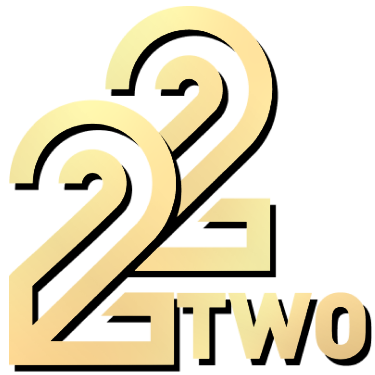What is fortune gemstone and how did I discover it?
A couple of years ago, I found myself in a rut—work felt stagnant, and personal projects just weren’t taking off. I’d heard about “fortune gemstones” from a friend who swore by them after a string of lucky breaks. Naturally, I was skeptical. I’d always associated gemstones with either high-end jewelry or vague spiritual promises. But then I stumbled upon a licensed online platform that specialized in authentic fortune gemstones. The legitimacy was clear: they prominently displayed their regulatory badge (the PAGCOR logo), which immediately set them apart from the sea of questionable vendors. Their industry awards and a “10+ years in business” badge caught my eye, making me feel like I was in safe, well-established hands.
Initially, my main concern was authenticity and security—how could I trust what I was buying online? The site addressed this head-on by not just relying on words, but also with visual proof: SSL lock icons reassured me my data was safe, and a clearly labeled 24/7 ops center graphic hinted at real support if anything went wrong. This focus on security isn’t something I’d seen elsewhere, and it made the decision to try a fortune gemstone much easier. If you’re sitting on the fence like I was, I recommend looking for platforms that lead with their licenses and industry recognition—these are more than just buzzwords; they’re your first line of defense.
How does a fortune gemstone work in real life?
After receiving my first fortune gemstone—an emerald set in a simple pendant—I approached the experience with measured expectations. The vendor’s documentation included not only historical references but also real player testimonials and screenshots of documented payout times (for those using gemstones in gaming contexts). This blend of tradition and transparency stood out. I wore the gemstone daily, mostly out of curiosity at first, and kept a private journal of any notable changes in my day-to-day life.
Within a few weeks, I noticed subtle shifts. My colleagues started asking for my input more, and a side project I’d been pursuing finally gained traction. Was it the gemstone? I can’t say with scientific certainty, but the timing was hard to ignore. The process felt less like superstition and more like stacking the odds in my favor—much like switching from sports betting to live casino in one click without the hassle of a new log-in or extra KYC, as the platform also offered (and which I tried for fun during a slow weekend). The seamless integration of different experiences—no new forms, no repeated identity checks—mirrored the ease I felt in incorporating the gemstone into my routine. For those who believe in the synergy of mindset and action, a fortune gemstone can serve as a tangible anchor for positive change.
What mistakes should you avoid when using fortune gemstones?
My early journey with fortune gemstones wasn’t without hiccups. The first mistake I made was underestimating the importance of proper care and placement. I left my emerald pendant unattended on my desk, only to find it chipped after a minor accident. This taught me to treat these stones as more than just accessories—they require respect and mindful handling. I also learned that not all fortune gemstones are created equal. The platform I used highlighted their “Triple‑Trust” storyline—license, awards, and longevity—which I later realized wasn’t just marketing fluff. I’d previously bought a “lucky stone” from an unverified seller at a street market, only to discover it was glass after a few weeks.
Another unexpected issue was skepticism from friends and family. Some gently teased me for “falling for a gimmick.” But I found that showing them the platform’s award logos and verified user reviews—especially those with timestamped payout receipts—helped validate my choice. If you’re considering fortune gemstones, be prepared for a mix of reactions. My advice: ignore the noise, do your own research, and prioritize transparency and trustworthiness, just as you would with any investment. A reliable vendor will never shy away from showing you proof of their security standards or their track record.
Who should use fortune gemstones—and who might not benefit?
Through my experience, I’ve come to see fortune gemstones as tools—much like a good planner or a fitness tracker. They work best for people who appreciate rituals and are open to new ways of focusing their intentions. If you enjoy having physical reminders of your goals, or if you thrive on the comfort of tradition, a fortune gemstone can be both inspiring and grounding. I’ve recommended them to friends navigating career changes and even to a cousin prepping for important exams. For them, the stone serves as a daily touchpoint, a reminder to stay positive and proactive.
However, fortune gemstones aren’t for everyone. If you’re seeking instant results or feel uncomfortable with symbolic practices, you might not resonate with this approach. Likewise, those who prefer hard data over anecdotal evidence may find the experience unconvincing, despite the presence of third-party verification and platform badges. In my view, the greatest benefit comes from combining belief with action—using the gemstone to reinforce habits and intentions, not as a magic fix. For those who choose to try, the one-stop online platforms that integrate everything from purchase to aftercare—supported by visible security features and real testimonials—make the journey straightforward and reassuring.
If you’ve ever tried a fortune gemstone, or are curious about how they fit into modern routines, I’d love to hear your stories. Drop a comment below, save this post for future reference, or share it with someone who might need a little extra luck.




